The Evangelical Cathedral in Sibiu underwent a renovation process that began in 2017 and reopened to the public in October 2021. The renovation was done with great care, respecting the Gothic style of the monument. The restoration of the stained glass windows on the highest accessible level of the tower was entrusted to Ion Dumitrașcu, carpenter from Cugir. The simple and austere windows, most of them completely destroyed by the weather, were 55 m high in the four towers that surround the large central tower. Ion was not frightened by the difficult working conditions, nor by the demands of the original design. He had done work in Sibiu before and his clients, owners of houses in the old town centre, were pleased with the way the doors, windows and old shutters were cleaned and restored. The cathedral's representatives were pleased with the work, and as small jobs are still being done in areas inaccessible to the public, Ion is called in whenever a staircase, door or other wooden objects need to be restored.
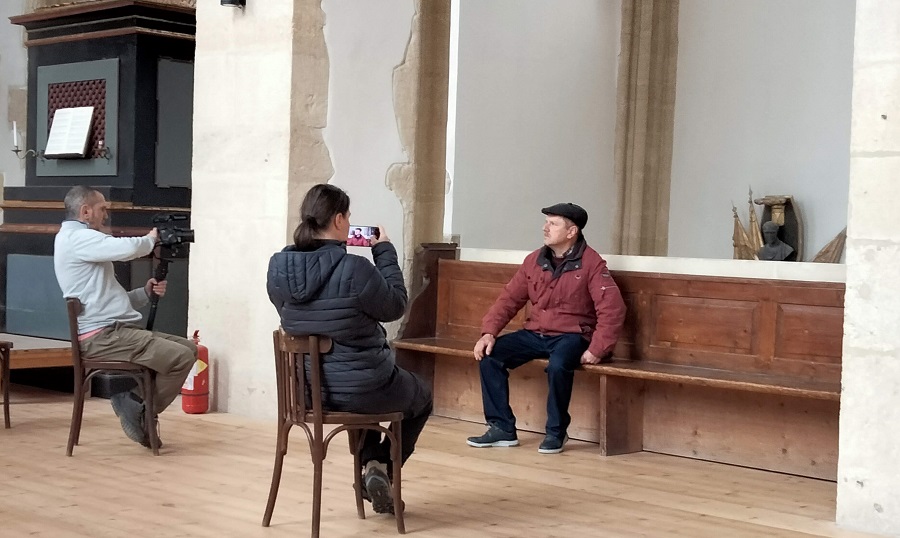
I knew about the cathedral work at Naturalpaint, who supplied Kreidezeit paints to protect the window frames, and as we had a road through Sibiu, we decided to meet Ion. Working in such conditions could not be without its ups and downs, and we wanted to find out.
192 steps were climbed up to the tower windows
The Evangelical Cathedral is the tallest building in Sibiu at just over 73 m. The central tower has 7 levels, access is only possible up to the level of the towers at 55 m. There were the windows that had to be replaced, having been totally destroyed by the weather, and 192 steps had to be climbed to reach them. Don't imagine they're like the ones on the block. The ascent starts with a spiral staircase and continues with rather uncomfortable walkways. Ion had to climb up the windows. He also had helpers, he climbed them gradually, but it was still hard. I only climbed with my phone in my hand and was breathing heavily when I reached the tower.
The windows in the towers were completely shattered, the wind was blowing hard in the tower and the birds were flying in unhindered. To keep the pigeons out, which were recognised as a danger to the monuments, the cathedral representatives acquired a falcon whose nest is in the tower. It has a special entrance through a stained-glass window in the tower and seems to be doing its job well because there are no pigeons on Albert Huet Square, where the cathedral is located.
The windows, with molid layered, were made by Ion at his home in Cugir. He doesn't usually buy ready laminated material because he doesn't trust it to be made correctly. The original pattern has been reproduced, with simple, straight lines. The simple window panes under the glazing are secured to prevent accidents should they fall out. The weather and sun resistance of the wood has been ensured with an initial coat of linseed oil, after which a coat of semi-transparent paint and one of grease paint Kreidezeit. The windows will be maintained periodically to avoid the deterioration of the original ones.
When they were ready, the windows were carefully packed and brought to Sibiu for installation. A cathedral maintenance team helped to put them up. There were 10 people in total. But the assembly was done in two, with only one helper. It took three days because the place was cramped and uncomfortable. Plus the noise and discomfort of the wind coming through the empty spaces. But he did it and is now pleased he took on the job because it's no mean feat to have something done by your own hand in such an important monument.
Baking soda blasting, a safe way to clean carved wood
Over the years, Ion has had other works in Sibiu. Broken doors, windows that had to be replaced looking the same, wooden stairs, peeling and dirty shutters. He repaired or rebuilt them all, respecting the building and its original appearance. One of the buildings he worked on to clean and repair the shutters has the year of construction written on the wall:1681.
Often all these old objects, some of them very dirty or with intricate carvings, need to be cleaned. Fragile wood needs the least aggressive treatment possible, which is why she got a sandblasted with baking soda. The fine bicarbonate particles penetrate into hard-to-reach places and clean the wood without damaging its structure. The transformation is spectacular, leaving the wood perfectly clean.
Even if, at first glance, all these works don't seem like anything special, they are important. It takes people to treat the past with care and respect, and Ion does just that. He respects the original design, the owner's requirements for authenticity, without personal notes or artifice. The work is clean and honest. It is what is needed when we talk about preserving an identity. That's how we keep our roots.
The Evangelical Cathedral, an emblematic building of Sibiu
According to documents, the construction of the Evangelical Cathedral in Sibiu began in the 14th century on the site of an old church from the 12th century. It was built in Gothic style, the original plans having been modified several times in the almost 150 years of construction. It acquired cathedral status in 1867 when the seat of the Lutheran Saxon bishopric was moved from Biertan, one of the first Saxon settlements.
The 73 m tower makes the building visible from all parts of the city. The presence of four smaller towers in the four corners of the central one is symbolic and shows that Sibiu was in the past ius gladii (right of the sword, Latin), i.e. the judge had the right to sentence those on trial to death. They were also used for many centuries as a fire lookout (fire lookout) because they offered a panoramic view of the town and firefighters could be directed faster and better.
Regarding the height, a legend says that the Saxons of Siberia wanted to have the tallest evangelical church. Since at that time the tallest one was in Bistrita, representatives of the community went there, climbed the tower and left a rope down to measure the height. But the town elders invited them to dinner where they got them drunk and taking advantage of their poor attention span, cut a piece of the rope. This allowed the 75-metre high church tower in Bistrita to retain its title of tallest.
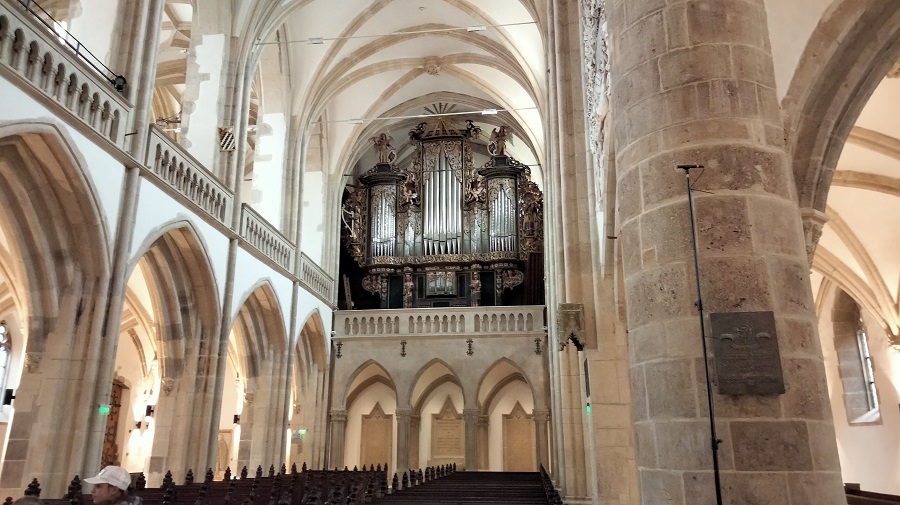
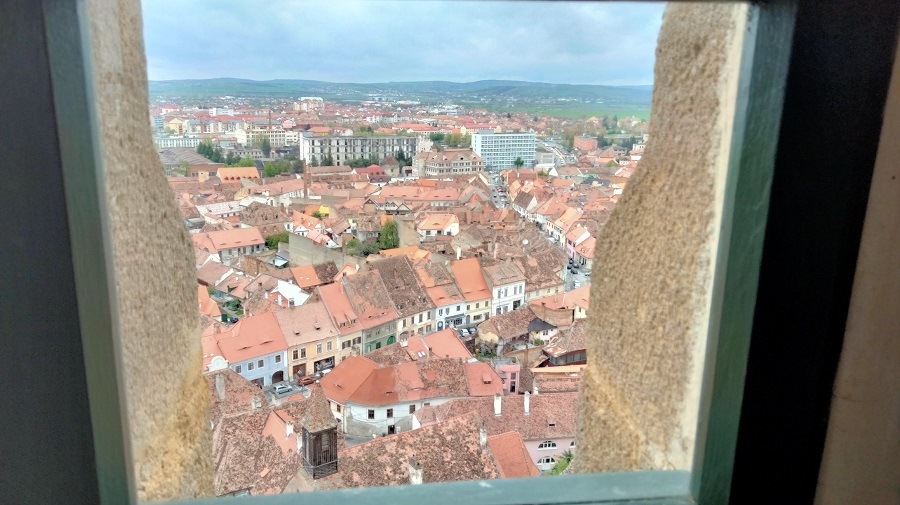
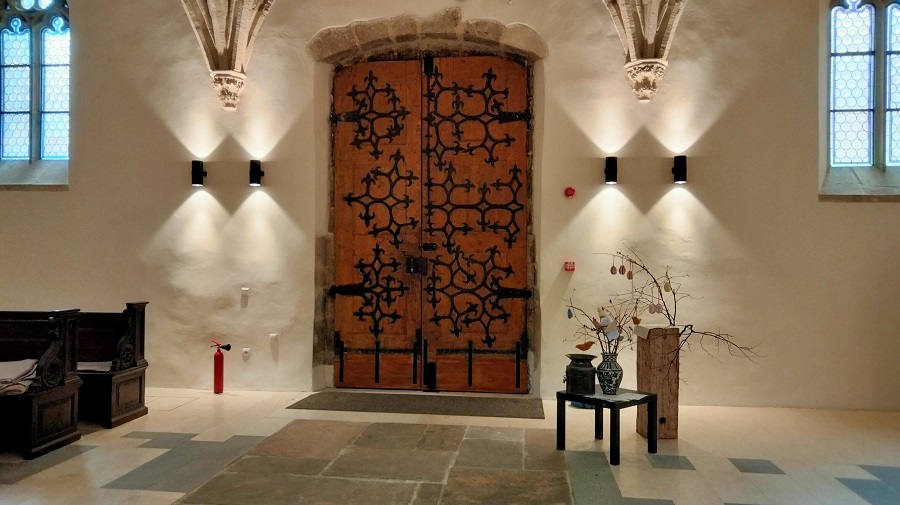
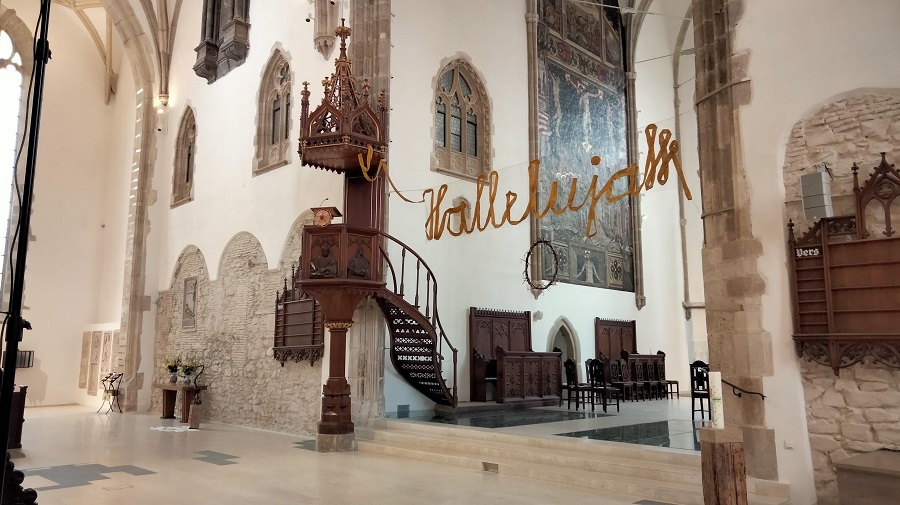
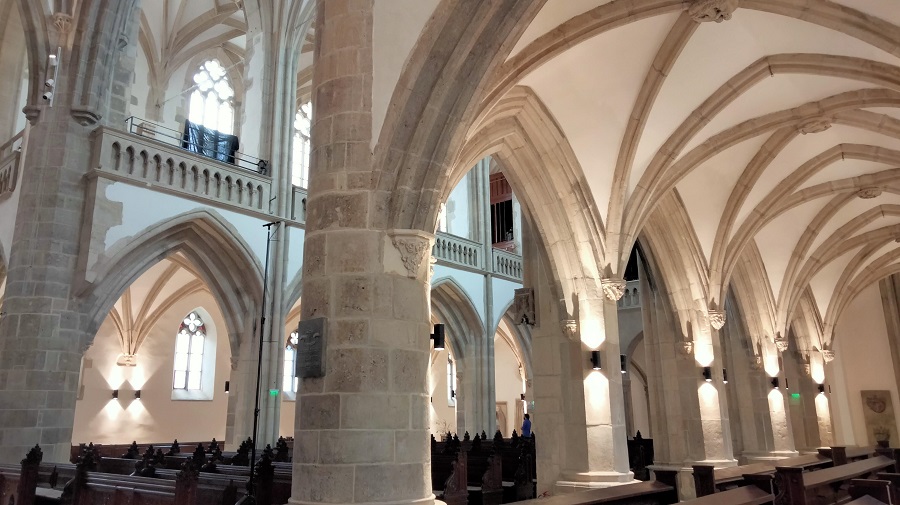
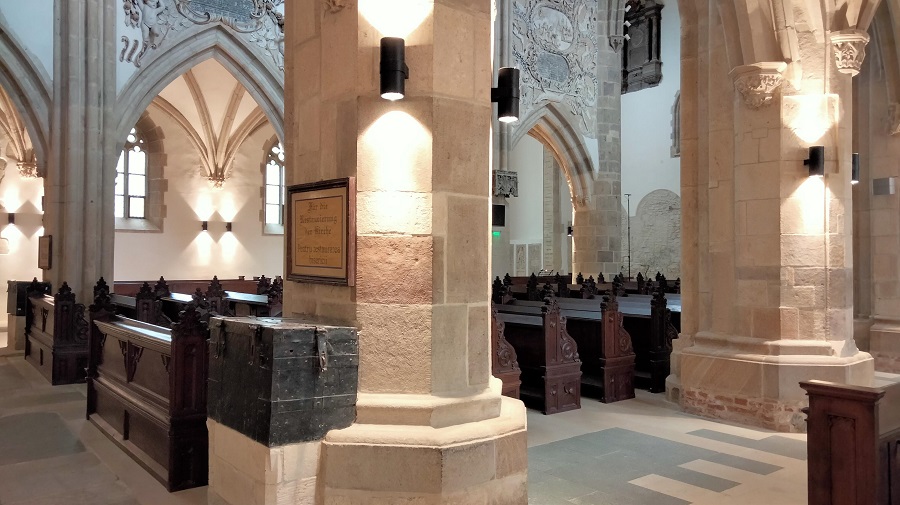




















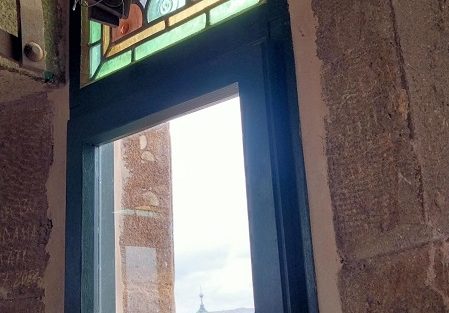
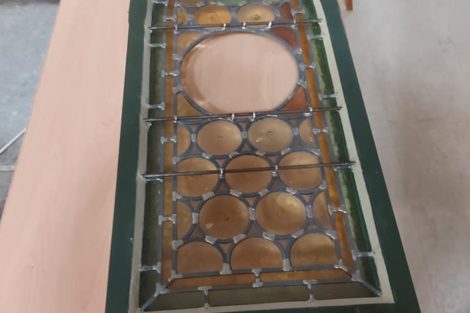
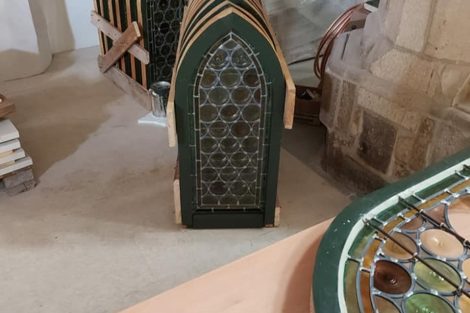
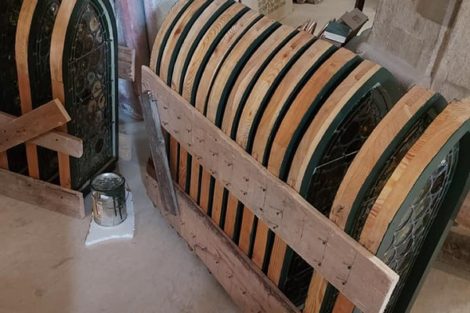
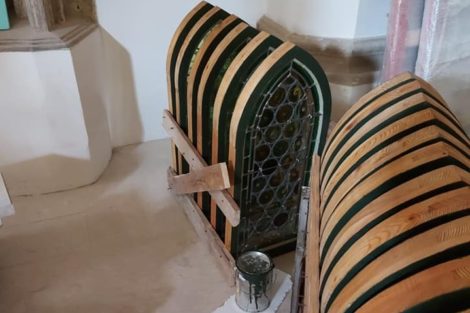
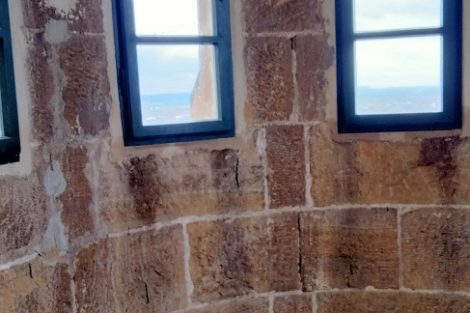
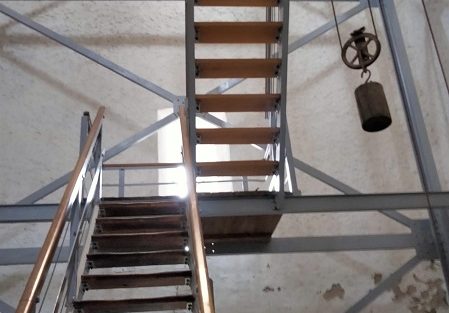
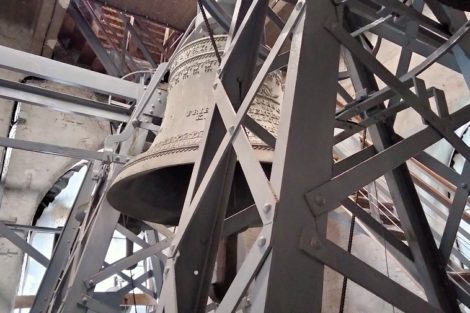
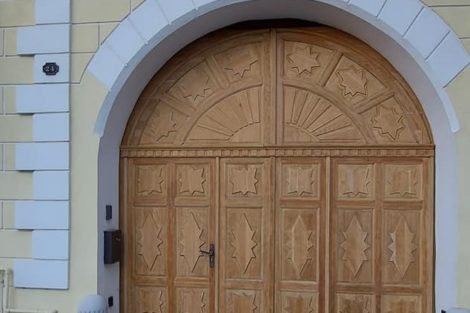
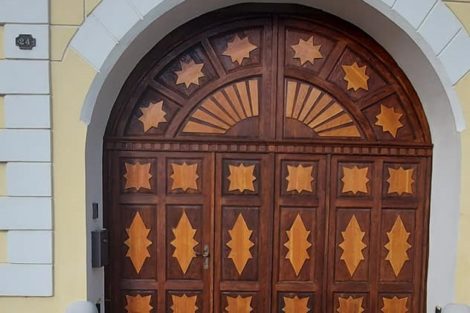
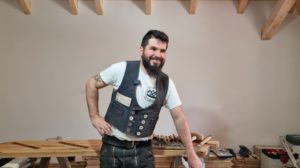









Add comment